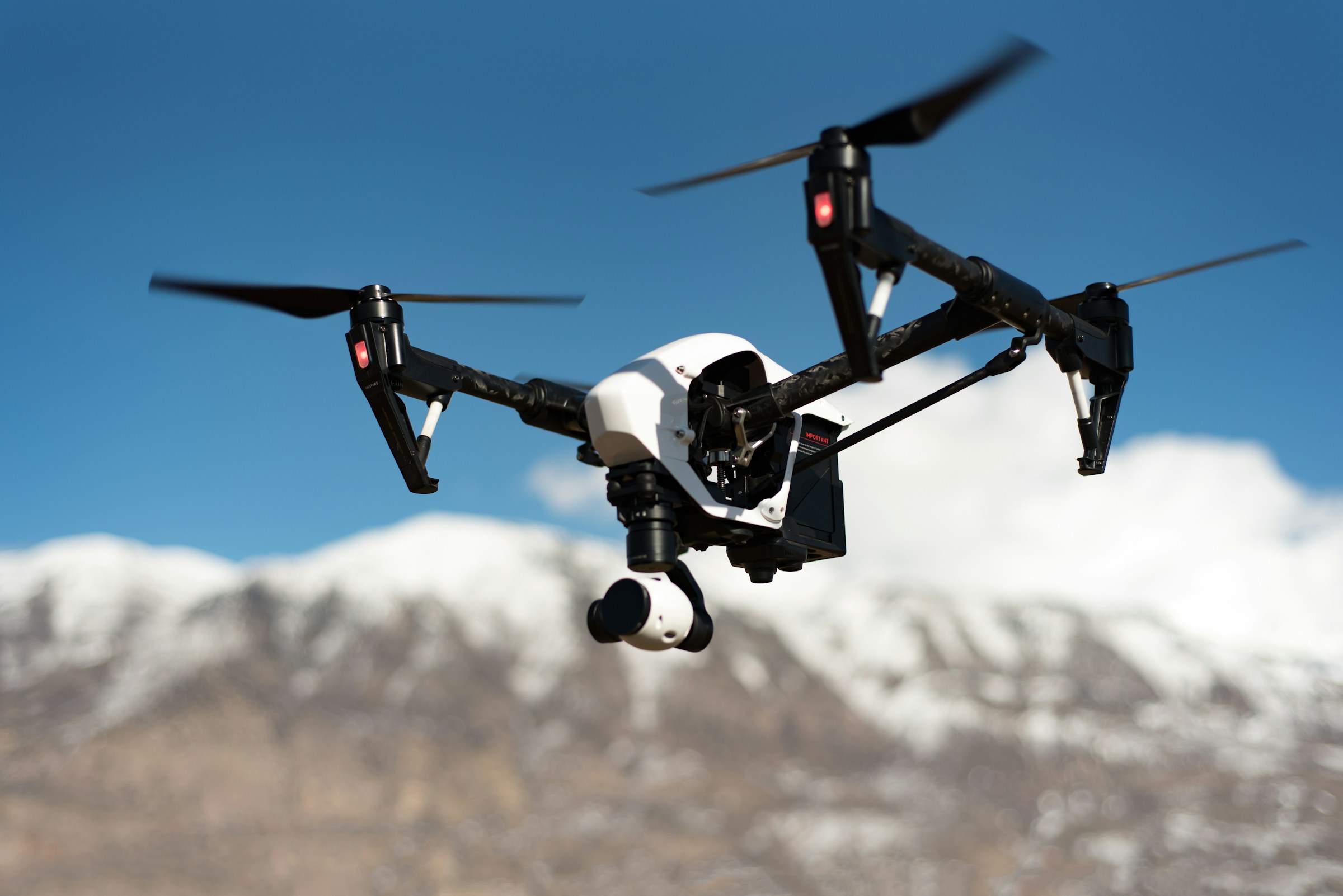Ukraine’s Independence Day arrived with a strategic message that reached well beyond the battlefield. A drone strike damaged an auxiliary transformer at Russia’s Kursk nuclear power plant and forced a 50 percent reduction in one reactor’s output, while separate attacks helped ignite a blaze at the Ust-Luga fuel export terminal on the Gulf of Finland. Moscow said it intercepted at least 95 drones across more than a dozen regions. Radiation levels remained normal near Kursk, according to the UN nuclear watchdog. The immediate casualty count was limited. The market consequences will not be.
This is a turning point for how operators and financiers think about infrastructure vulnerability. Ukraine has long used drones to erode Russia’s logistical depth. Hitting a nuclear facility’s balance-of-plant and a major fuel hub on the same day is a sharper form of pressure. Ust-Luga is a critical node for refined products that still find buyers far from Europe. Damage there creates delays, diversions and higher risk premia across Baltic routes that were already operating with thinner redundancy since 2022. None of this collapses Russia’s export capacity overnight. It does reprice it.
The backdrop is a sanctions regime that narrowed Europe’s direct exposure to Russian hydrocarbons while redirecting flows toward Asia and the Middle East. That shift never removed maritime and terminal bottlenecks. It concentrated them. If Ust-Luga’s availability becomes lumpy, traders must lean harder on alternative ports and inventories, which raises working capital needs and insurance costs. When the weak point moves from ship-to-ship transfers to shore-side transformers and substation yards, traditional convoy or rerouting logic solves less of the problem.
Nuclear-specific risk is different again. The hit at Kursk did not trigger radiological consequences and the IAEA reported normal readings. That matters for public confidence, but it does not erase the operational and financial cost of a forced power reduction at a plant that anchors regional grids and industrial demand. Grid operators and large energy users now have to assume that non-core components at nuclear stations, such as auxiliary transformers and balance-of-plant electrical systems, are fair targets. That shifts attention from catastrophic scenarios to persistent output volatility. For markets, volatility is a price in its own right.
Corporate exposure splits along familiar lines. Refiners and commodity traders face shipment slippage and quality differentials as cargoes are rescheduled or blended. Logistics firms see higher stand-by expenses as vessels loiter outside risk polygons drawn by insurers. Utilities that purchase cross-border electricity or fuel feedstock face less predictable delivery windows. For international insurers and reinsurers, the trend is especially uncomfortable. Drone warfare has expanded the radius of insurable loss well beyond the front line, and attritional incidents at strategic assets are now frequent enough to push premiums higher while narrowing coverage definitions around war, terrorism and cyber-physical overlap. Underwriters have already tightened clauses for Black Sea voyages. Expect similar scrutiny around the eastern Baltic and for facilities within a day’s drone range of the border.
Regional divergence is emerging. Gulf producers have spare capacity and a deeper bench of export terminals, which cushions the immediate shock. European buyers remain buffered by lower direct Russian intake and filled storage, yet they still inherit price volatility when Baltic disruptions ripple through global product balances. Asian buyers that rely on discounted Russian barrels and naphtha become more exposed to scheduling gaps. None of these actors wants a formal price spike. All of them will tolerate a quiet drift higher in premia as long as security headlines remain episodic rather than systemic.
Governments are adjusting their signaling too. Kyiv’s leadership framed the strikes as proportionate responses after repeated calls for peace went nowhere. Western visitors in Kyiv underscored ongoing support and the search for long-term guarantees. Ottawa’s posture under Prime Minister Mark Carney and Washington’s presence through special envoy Keith Kellogg reinforced that the diplomatic track is alive even as the theater of operations expands in range and complexity. That dual track matters for markets because support commitments influence how much downtime operators model into their risk cases.
For operators, the deconstruction of strategy is practical. Harden substation assets at refineries and power plants since electrical systems are soft targets that drive outsized downtime. Segment control systems to reduce the chance that a localized electrical event cascades across units. Build inventory buffers that reflect flight time from likely launch points, not just nautical miles from the front line. Reassess contractor security obligations and notification protocols so that third parties do not become the failure point in a response plan. None of this is novel. It becomes non-negotiable when the target set widens to include components that rarely featured in tabletop drills.
Investors should separate theater from throughput. The Kursk incident did not create radiological risk and will not. It did convert a single drone hit into an output cut that will ripple across a regional power market for days. The Ust-Luga fire will be contained and repaired. It will also echo through freight rates, demurrage billings and basis differentials for weeks. The distinction is important. The story is not about spectacular damage. It is about consistent friction that taxes capacity without triggering force majeure.
One more layer matters for policy. If drone attrition against energy infrastructure continues, the incentive grows for Russia to disperse export operations and for Ukraine to prioritize electrical and logistics nodes over headline refineries. That implies more incidents that sit below catastrophe thresholds yet still demand cash, manpower and time. In energy markets, that pattern props up volatility and extends the life of the security premium on routes once considered routine.
This is the business reality to watch. The Kursk nuclear plant drone attack is a signal that distance no longer buys the comfort it used to. The nuclear sector will highlight safety performance and monitoring, which is correct. The fuel export business will emphasize resilience and redundancy, which is necessary. The capital markets response will be colder. Infrastructure that can be reached can be priced for disruption, and the repricing has started.





.jpg&w=3840&q=75)









